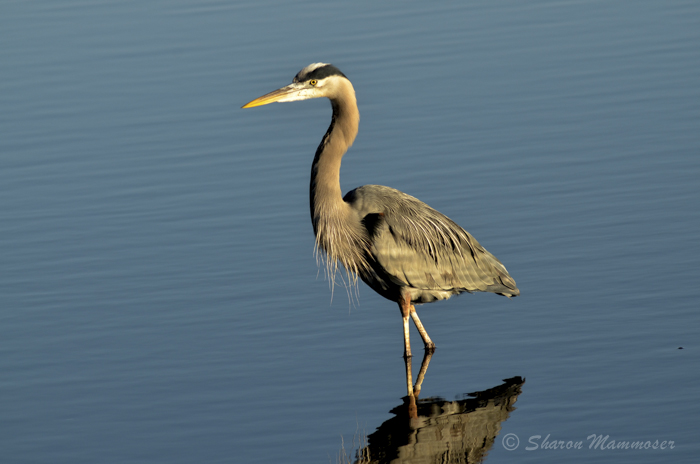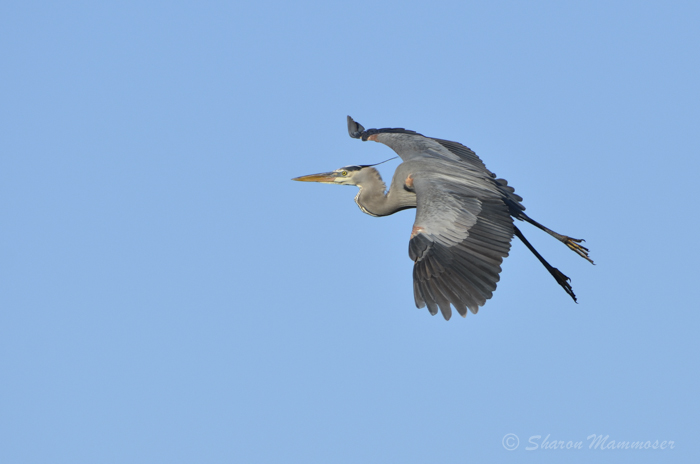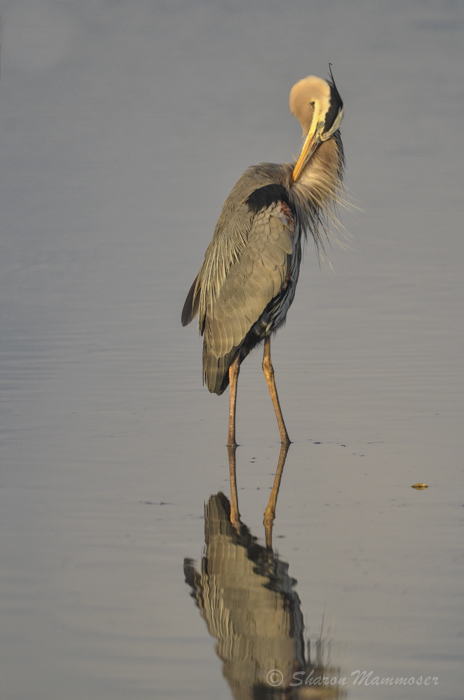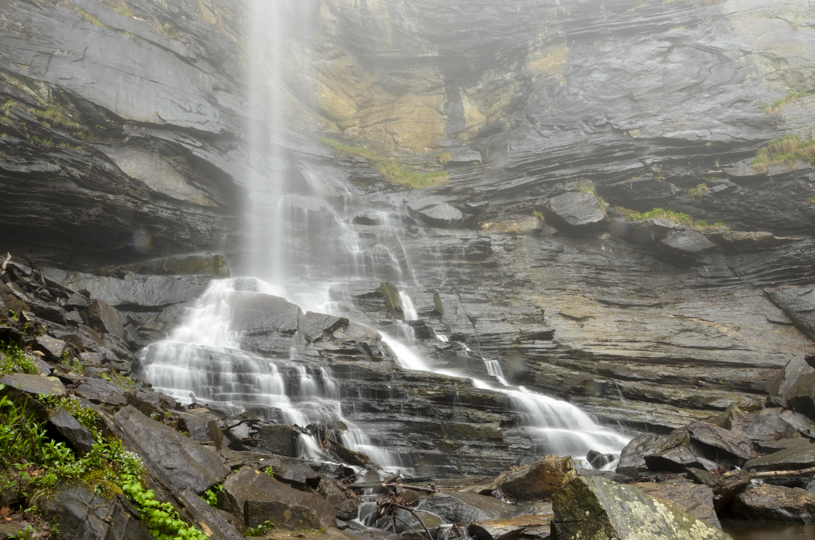 This past winter I took two photography trips to southern Florida for photography. Both were amazing in terms of variety of birds and opportunities to watch and photograph them. (see below for some great places to photograph birds in FL) One bird that I really enjoyed getting shots of was the Great Blue Heron--this week’s Creature Feature.
This past winter I took two photography trips to southern Florida for photography. Both were amazing in terms of variety of birds and opportunities to watch and photograph them. (see below for some great places to photograph birds in FL) One bird that I really enjoyed getting shots of was the Great Blue Heron--this week’s Creature Feature.
What do you know about Great Blue Herons?
1. Great Blue Herons are large, long legged birds with a 6 foot wingspan! In addition to long legs, they also have a long bill. When standing they are about 3 feet tall but weigh only 5-6 pounds.
2. Great Blue Herons eat a variety of prey, including fish, reptiles, amphibians, small mammals, insects, invertebrates, and birds. With their long legs, they are able to wade out deeper than many other shore birds. For small prey they grab it between their top and bottom bill. For larger prey, they spear it with their bill and then swallow it whole.
 3. Great Blue Herons have specially shaped neck vertebra that allow them to bend their necks into an S-shape. This makes them more aerodynamic in flight and allows them to shoot their neck forward when hunting to reach prey that is farther away.
3. Great Blue Herons have specially shaped neck vertebra that allow them to bend their necks into an S-shape. This makes them more aerodynamic in flight and allows them to shoot their neck forward when hunting to reach prey that is farther away.
4. Great Blue Herons nest in colonies, often in the tops of dead trees. They will reuse the same spots each year, adding new layers to the nests before moving in. There is a rookery (nesting colony) in Washington state that has 135 nests!
5. Young blue herons are semialtrical. This means they hatch from their eggs fairly immobile, covered with a downy fuzz. Their eyes are open but they require parental care. They are fed by both parents and will leave the nest in about 6 weeks. 
6. Nest-building is a two-bird operation, with the males finding and bringing back the sticks and then presenting it to the female. If she likes it, she will add it to the nest, weaving a platform that she will line with pine needles, moss, reeds, grass and other soft material.
7. Young great blue herons can be very aggressive towards each other and may even push their siblings out of the nest!
8. Adult Great Blue Herons have few natural predators, though they can fall victim when they are on land to coyotes or bobcats. Young herons are preyed on by crows, ravens, hawks, eagles, and raccoons.
 9. Some populations of Great Blue Herons migrate to South America for the winter.
9. Some populations of Great Blue Herons migrate to South America for the winter.
10. Adults will choose new partners each year. 
Some great places for Florida bird photography:
2. Ding Darling National Wildlife Refuge on Sanibel Island
4. Everglades National Park, specifically Shark Valley

